You’ll need to flip the book back and forth to get the full impact of Isaac Mizrahi’s autobiography. Flip! Huge “I”. Flip! Huge “M”.
Isaac Mizrachi. Perhaps “I, Marvelous”? Or “Isaac, Minnelli”?
The diva designer/actor/QVC flak has unzipped all the details (good, bad, sexy and, yes, even phone sex!) of his life and career (starry-eyed man meets and works for stars . . . think Nicole Kidman, Julia Roberts, Sarah Jessica Parker).
And what an absolute joy (do we dare add “and right on Target”?) I.M.: A Memoir (Flatiron Books, $28.99) is.


So, what was your first introduction to I.M.? Are you one of the people who was lucky enough to get your hands on the designer’s early line in the early ’90’s? Was it the first time you saw his behind-the-scenes documentary, Unzipped? Or when you stepped into a Target and saw that there was a new line by the designer being sold there? (My pooch still loves her official I.M. dog toy!)
Maybe you’ve seen Isaac during one of his cabaret shows in New York City or, flipping through the channels at home only to realize that the charming host you’ve been watching on QVC is none other than the designer himself?
In I.M., Mizrahi offers a poignant, candid, and touching look back on his life so far. And what a life it’s been. He tells the story of growing up gay in a sheltered Syrian Jewish Orthodox family, portraying a strained relationship with his father and a complicated one with his beloved mother. At the famed LaGuardia High School for Performing Arts, Isaac found his people (and appeared in his first movie, Fame). As a budding fashion designer, Isaac worked with luminaries such as Perry Ellis and Calvin Klein.

After branching out on his own, his label’s instant success anointed him the wunderkind of the international fashion world. Isaac’s unique talents drew him into fashion and celebrity circles that read like a who’s who of the 20th and 21st centuries: Richard Avedon, Audrey Hepburn, Anna Wintour, Mikhail Baryshnikov, Meryl Streep, Oprah Winfrey. He looks back on his groundbreaking documentary, Unzipped, and after his first fall from grace, his partnership with Target that brought his high-end collection to the masses and revolutionized fashion retail.

Isaac describes his numerous self-reinventions that landed him back to his first true calling of show business. He delves into his lifelong battles with his weight, insomnia, and depression. He tells what it was like to be an out gay man in a homophobic age and to witness the ravaging effects of the AIDS epidemic. In his elegant memoir, brimming with intimate details and inimitable wit, Isaac reveals not just the glamour of his years, but the grit beneath the glitz. Rich with memorable stories from in and out of the spotlight, I.M. illuminates deep emotional truths.




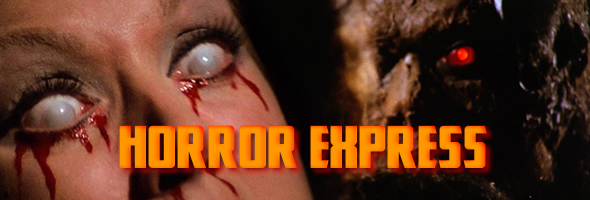 This new 2K restoration includes plenty of special features and has an intro from Horror Express super fan and horror journalist, Chris Alexander.
This new 2K restoration includes plenty of special features and has an intro from Horror Express super fan and horror journalist, Chris Alexander.
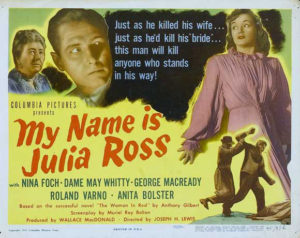
![Terra Formars [Blu-ray]](https://images-na.ssl-images-amazon.com/images/I/81QXnfN%2BubL._SX342_.jpg)
 This story of a doomed love triangle is based on the classic play from Henri Bernstein and come with a stunning new 2K restoration.
This story of a doomed love triangle is based on the classic play from Henri Bernstein and come with a stunning new 2K restoration. This truly epic film gets an epic release resented with a new 2K restoration and loaded with brand new special features. If you’re a spaghetti western aficionado this one is a must for your collection.
This truly epic film gets an epic release resented with a new 2K restoration and loaded with brand new special features. If you’re a spaghetti western aficionado this one is a must for your collection. Fans of ’80s horror and practical effects are sure to have a soft spot for this one.
Fans of ’80s horror and practical effects are sure to have a soft spot for this one. This limited edition release includes a 60-page booklet featuring new writing by Gianna D’Emilio, an archival essay by Joël Chaperon and original reviews.
This limited edition release includes a 60-page booklet featuring new writing by Gianna D’Emilio, an archival essay by Joël Chaperon and original reviews.

 Noted fans of Algren’s include Don DeLillo, whom Algren mentored, and Russell Banks; he was friends with Richard Wright and had a long affair with Simone de Beauvoir. CUNY literature instructor Colin Asher’s close reading of Algren’s work, and his access to Algren’s FBI file, allow him to reconstruct in vivid detail Algren’s life, from his Depression-era struggles to his Army service to his sudden fame and then his struggles late in his life. A fascinating glimpse into the world of a writer who deserves to be remembered and re-read by new generations of readers.
Noted fans of Algren’s include Don DeLillo, whom Algren mentored, and Russell Banks; he was friends with Richard Wright and had a long affair with Simone de Beauvoir. CUNY literature instructor Colin Asher’s close reading of Algren’s work, and his access to Algren’s FBI file, allow him to reconstruct in vivid detail Algren’s life, from his Depression-era struggles to his Army service to his sudden fame and then his struggles late in his life. A fascinating glimpse into the world of a writer who deserves to be remembered and re-read by new generations of readers.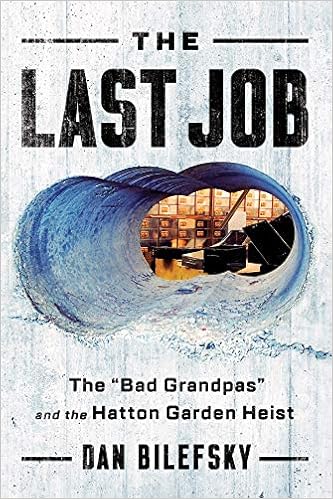
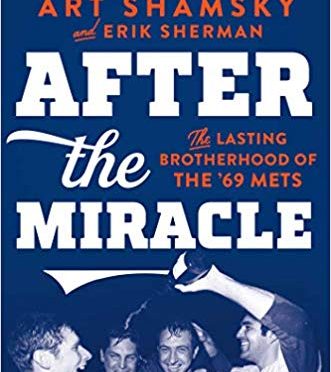
 During these centuries Rome gained in splendor and territory, then lost both. The empire reached from modern-day Britain to Iraq, and gradually emperors came not from the old families of the first century but from men born in the provinces, some of whom had never even seen Rome. By the fourth century, the time of Constantine, the Roman Empire had changed so dramatically in geography, ethnicity, religion, and culture that it would have been virtually unrecognizable to Augustus.
During these centuries Rome gained in splendor and territory, then lost both. The empire reached from modern-day Britain to Iraq, and gradually emperors came not from the old families of the first century but from men born in the provinces, some of whom had never even seen Rome. By the fourth century, the time of Constantine, the Roman Empire had changed so dramatically in geography, ethnicity, religion, and culture that it would have been virtually unrecognizable to Augustus.
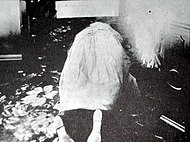
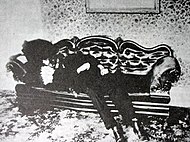

![The Trial of Lizzie Borden by [Robertson, Cara]](https://images-na.ssl-images-amazon.com/images/I/41pah8miBpL.jpg) The Trial of Lizzie Borden breaks open one of the most sensational murder trials in American history, showcasing how the Borden murders offer a window onto America’s Gilded Age, and its most troubling social anxieties and deeply held convictions.
The Trial of Lizzie Borden breaks open one of the most sensational murder trials in American history, showcasing how the Borden murders offer a window onto America’s Gilded Age, and its most troubling social anxieties and deeply held convictions.